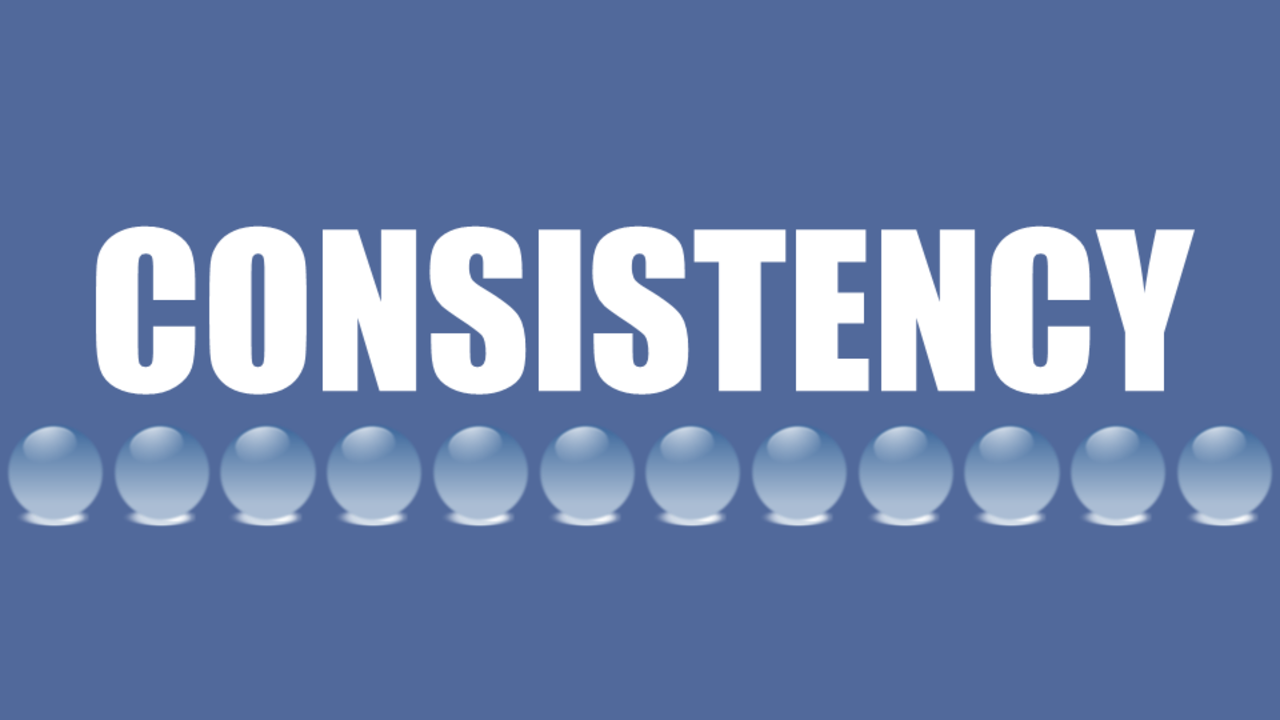Filling In The GAAP

“Consistency is found in that work whose whole and detail are suitable to the occasion. It arises from circumstance, custom and nature.” – Roman author, architect, civil engineer, and wanna-be-accountant Vitruvius
No field is this one sentiment more critical than in accountancy. Bookkeeping and accounting standards are designed to ensure consistent presentation of financial statements, making it easier for people to read and comprehend the information contained in the statements.
Generally Accepted Accounting Principles were eventually established primarily as a response to the Stock Market Crash of ‘29 and the subsequent Great Depression, which were believed to be at least partially caused by less than forthright financial reporting practices by some publicly-traded companies. The federal government began working with professional accounting groups to establish standards and practices for consistent and accurate financial reporting. Generally Accepted Accounting Principles began to be established with legislation such as the Securities Act of 1933 and the Securities Exchange Act of 1934.
The ultimate purpose of GAAP is to ensure that outsiders with an interest in a company - investors, analysts, stakeholders, creditors, and government regulators - get an accurate understanding of the firm's condition by reviewing its financial statements. Small, privately held businesses usually do not have publicly traded stock, do not issue bonds, and are not subject to the financial-industry regulations that GAAP addresses. Non-public companies are not required to use GAAP, but since lenders and potential investors typically want to see statements prepared in accordance with GAAP rules, such companies often have no choice but to comply.
Sorry guys. I am just the messenger. Its not easy making an article on accounting undull.
One critical lynchpin for small businesses is the balance sheet which primarily consists of Assets and Liabilities. Assets include both current and non-current assets and so are the liabilities. All the assets a company can easily convert into cash are known as current assets. On the other hand, the assets that cannot be converted into cash easily are non-current assets. Current Assets include items such as cash, account receivables, inventory, prepaid expenses, etc. Non-current assets (fixed assets) include land, buildings, equipment, prepaid insurance, etc.
Liabilities, on the other hand, are the portion of the firm’s asset a company owes to its creditors. One can categorize liabilities into long and short term depending on the duration. Some are accounts payable, taxes payable, wages payable, etc. Long-term liabilities are bonds, mortgages and more.
For small businesses, the challenges with GAAP are not relative to fundamental, day-to-day operations. Businesses of all kinds use the same standards for common issues such as capitalizing and depreciating assets, recording revenue and expenses, and accounting for inventory. The problems lie in "standards overload,": the sheer number of rules that must be followed. For major corporations with their own accounting departments, compliance may not be a major issue, but small-business owners trying to prepare their own statements -- or paying an accountant to do so - find standards overload to be burdensome and expensive.
It is critical a small business creates bookkeeping protocols that are clear and updated in real time as well as cultivates a working relationship with its CPA. Proper data collection assures the ability to be proactive, rather than reactive, in business decision making and tax planning.
Written By: Luigi Rosabianca of Shield Advisory Group




